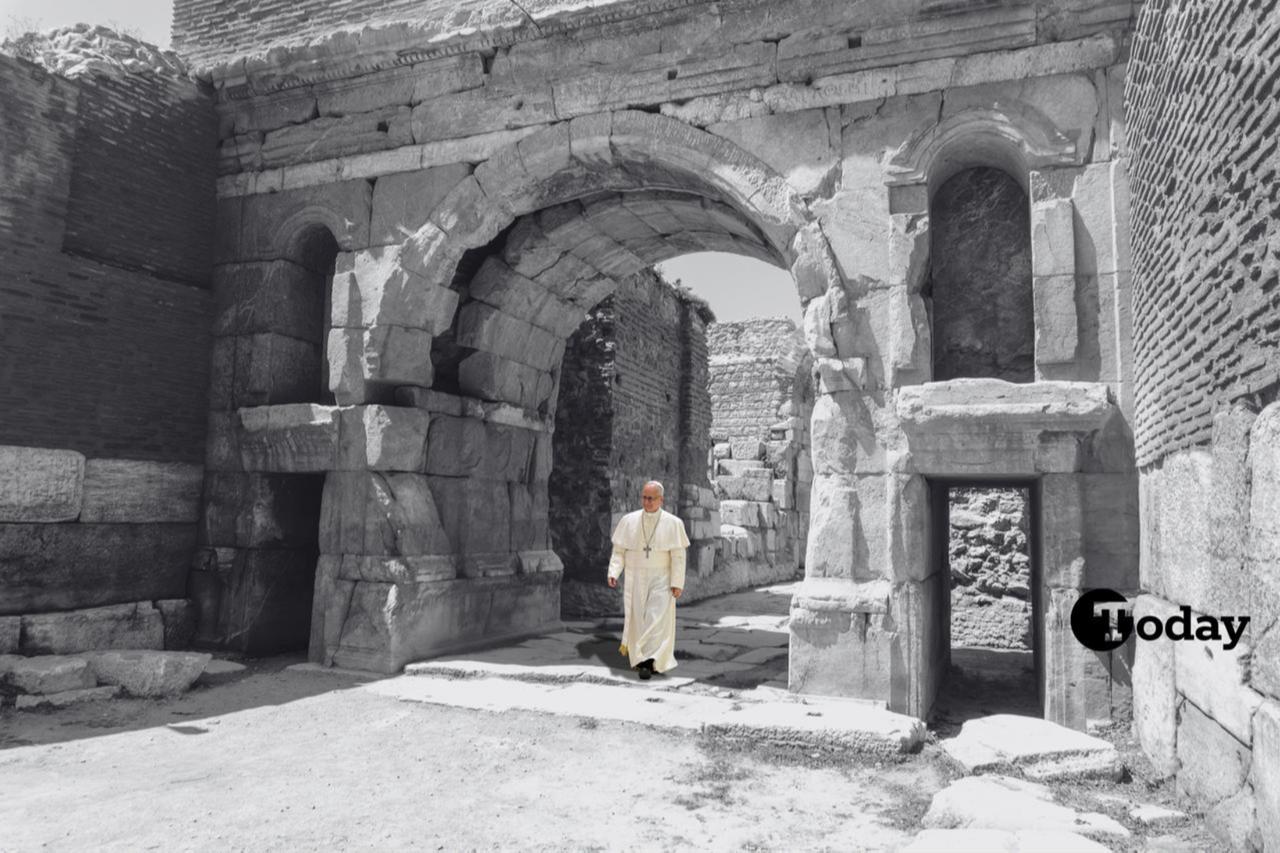
Following the death of Pope Francis on April 21, 2025, Türkiye has witnessed a remarkable surge in news stories centered around the city of Iznik (ancient Nicaea), the historical site of Christianity’s First Ecumenical Council.
Although the newly elected Pope Leo XIV has yet to confirm his attendance at the upcoming commemorations marking the 1700th anniversary of the council, his indirect expression of interest on July 17 has already set the Turkish media abuzz.
Pope Francis had long intended to visit Iznik despite worsening health conditions, even including a strong request in his final spoken will. According to reports, he urged his successor to make the trip should he not live to see it through. Pope Leo XIV, elected on May 8, now appears likely to fulfill that wish, with his anticipated visit potentially marking the first foreign trip of his papacy.
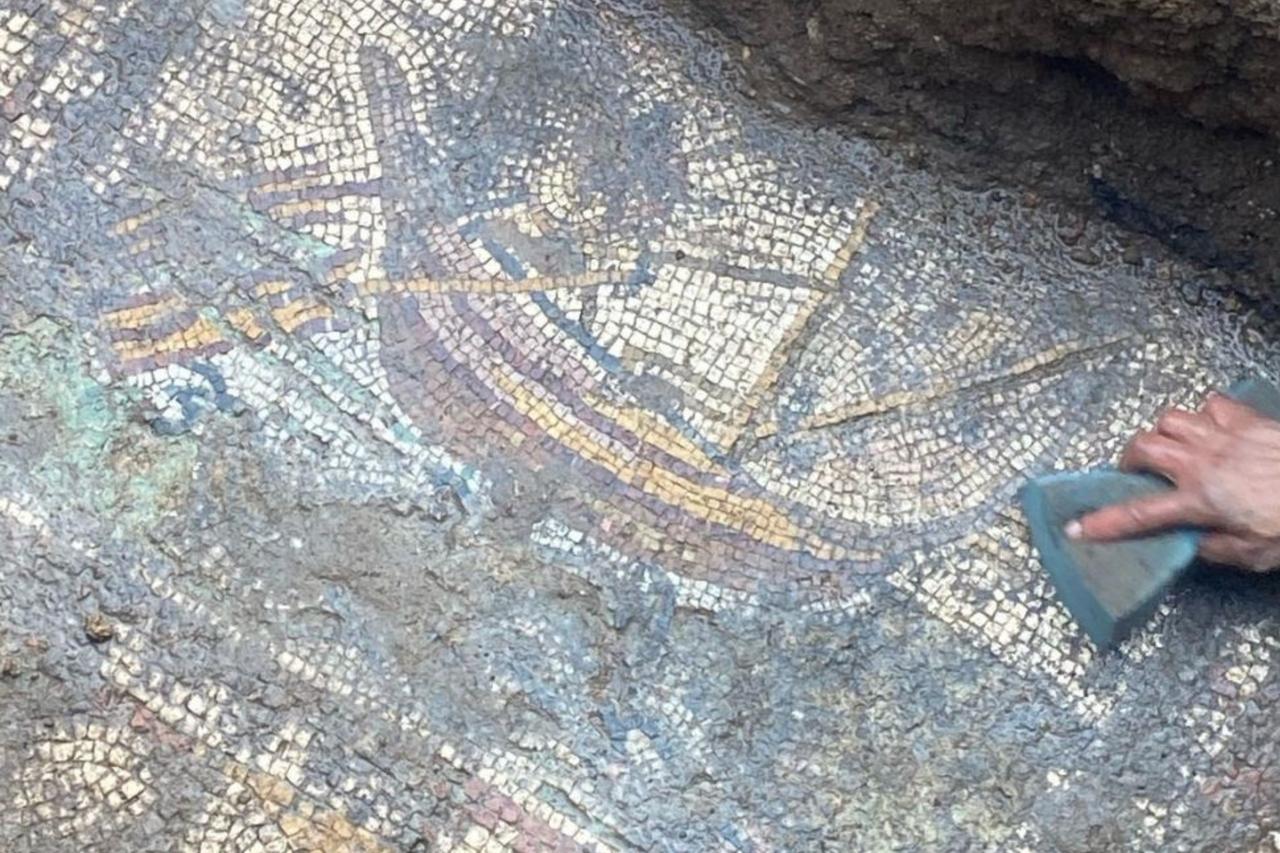
Against this backdrop, Turkish media coverage of Christian-era archaeological findings in Iznik has surged. Articles have highlighted the discovery of tombs believed to date back to the time of Jesus, Roman mosaics, and ancient graveyards surrounding the submerged basilica in Lake Iznik.
Phrases like “Jesus-era tombs unearthed in Iznik ahead of Pope’s visit” have dominated headlines, coinciding with new findings such as a 2,500-year-old mosaic thought to belong to Queen Nicea’s palace and Roman tombs bearing snake and human motifs.
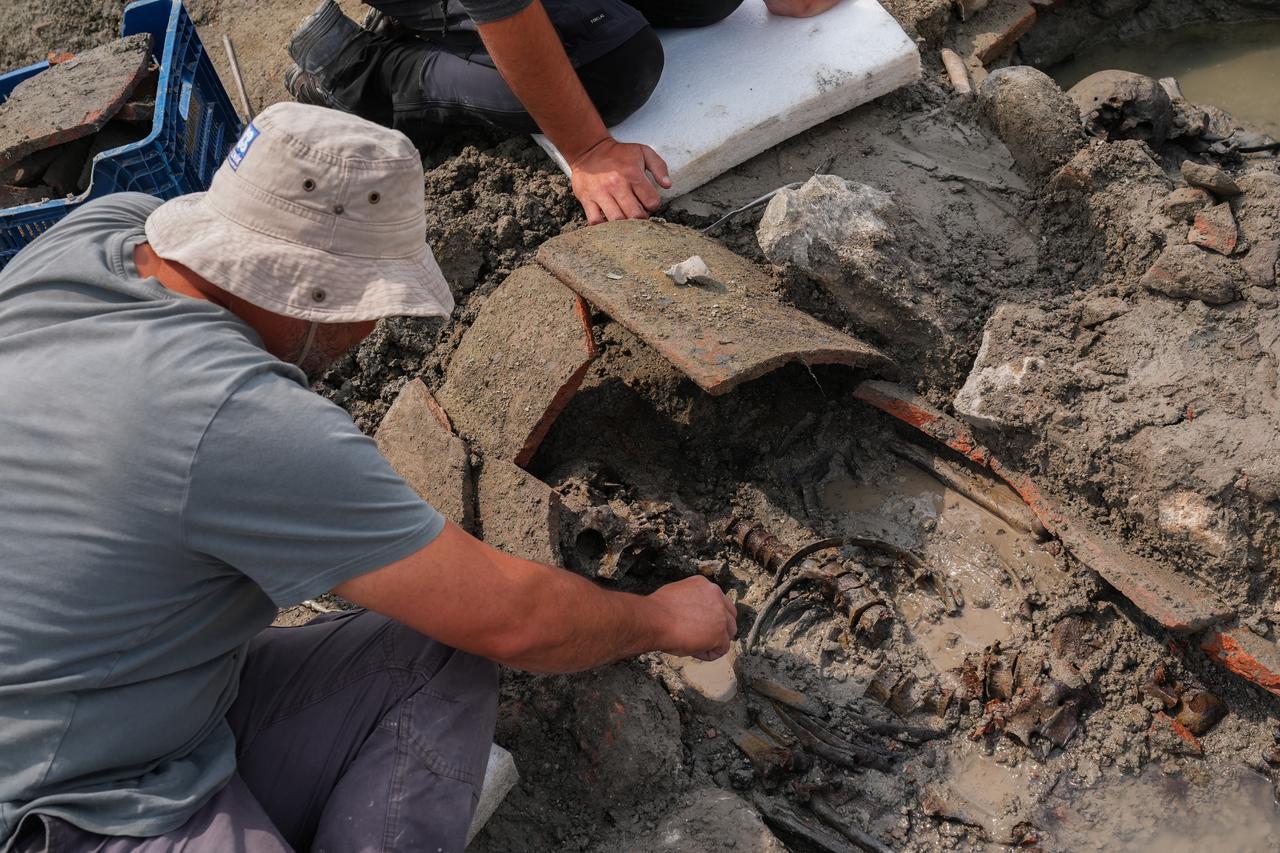
One of the most significant discoveries—the Basilica of the Holy Fathers submerged under Lake Iznik—has been undergoing excavation since 2015. Headed by Professor Mustafa Sahin, this effort is Türkiye’s only official “wet-ground archaeology” project. Sahin’s team has identified the basilica as the likely site of the First Council of Nicaea, elevating its significance among all Christian denominations.
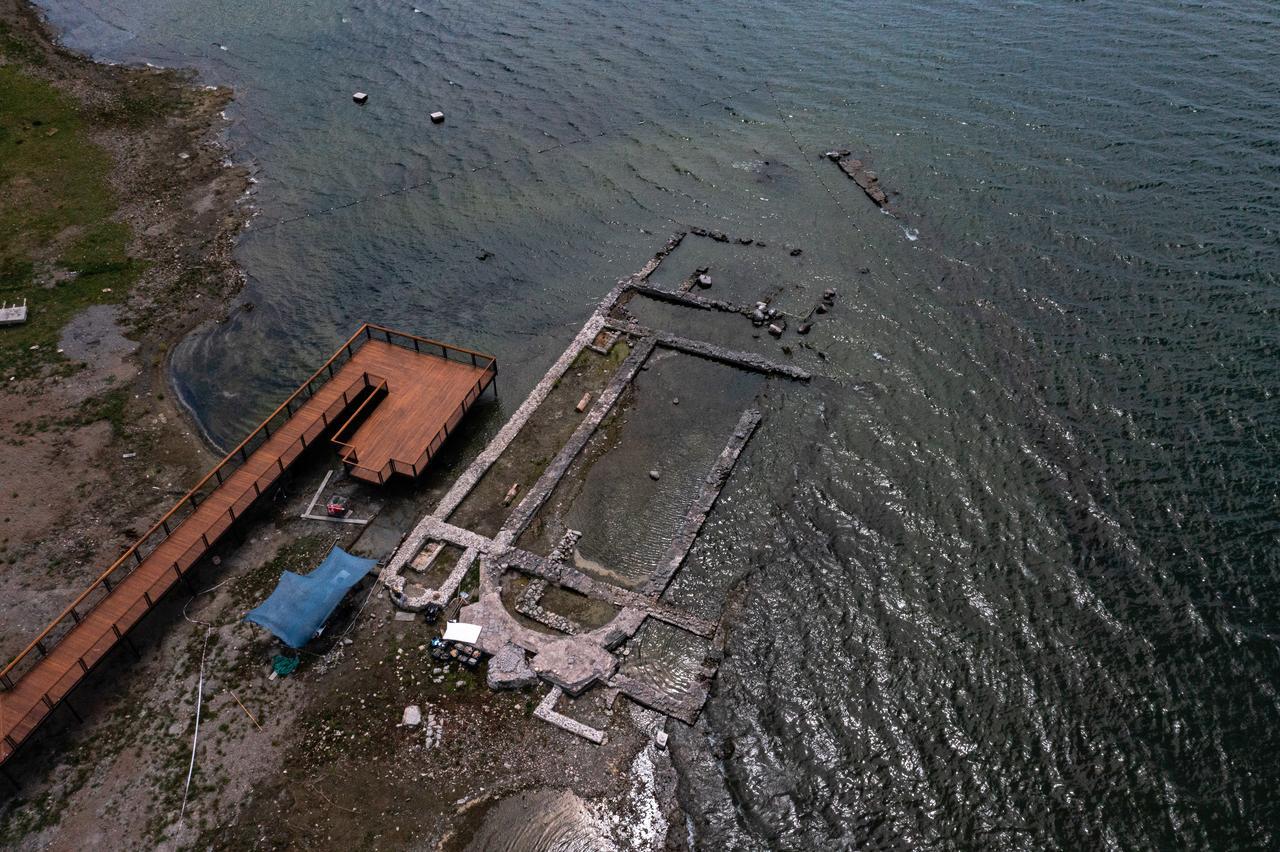
The excavation, which resumes each May and extends through September, is expected to intensify with an expanded team of specialists. Interestingly, the conversion of the basilica into a museum also coincided with this year, as a result of work that has been ongoing since 2015.
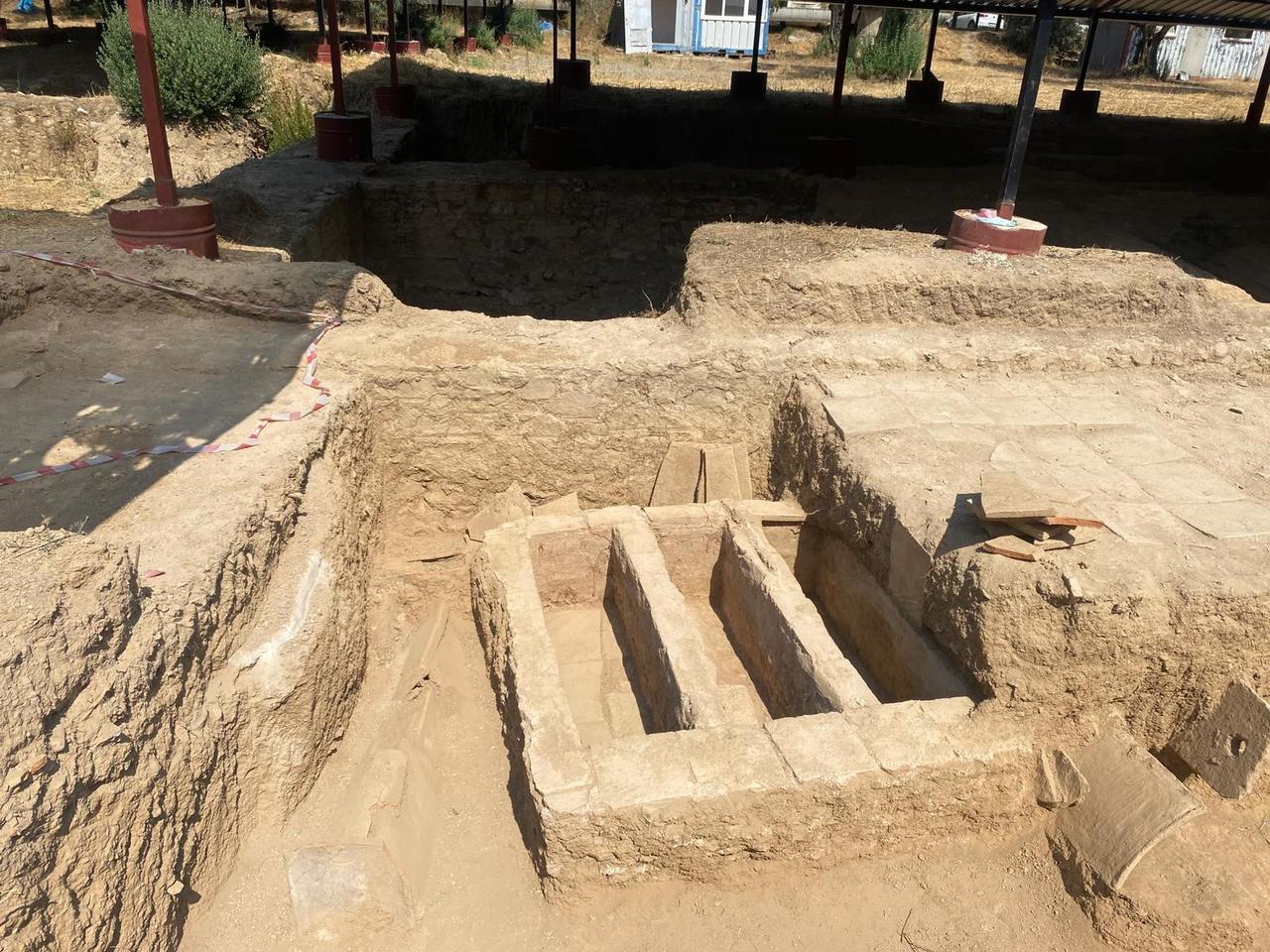
The potential papal visit has drawn international attention, not just for its religious implications but also for its geopolitical weight. The Council of Nicaea, held in 325 A.D., helped define foundational Christian doctrine, making Iznik a focal point of spiritual heritage. Italian scholars have described Pope Leo XIV’s proposed visit as “a major gesture in both religious terms and international relations,” underscoring its diplomatic importance.
Türkiye’s cultural officials have echoed this sentiment. Associate Professor Tuna Akcay noted that managing such high-profile events requires strategic oversight through “cultural intelligence.” He warned of risks ranging from nationalist backlash and religious misinterpretation to infrastructure strain and security threats.
Akcay emphasized the importance of careful narrative management to ensure Türkiye’s multifaceted historical legacy—including its Greek, Helenistic, Roman, Byzantine, Seljuk, and Ottoman layers—is presented in a balanced and inclusive manner.
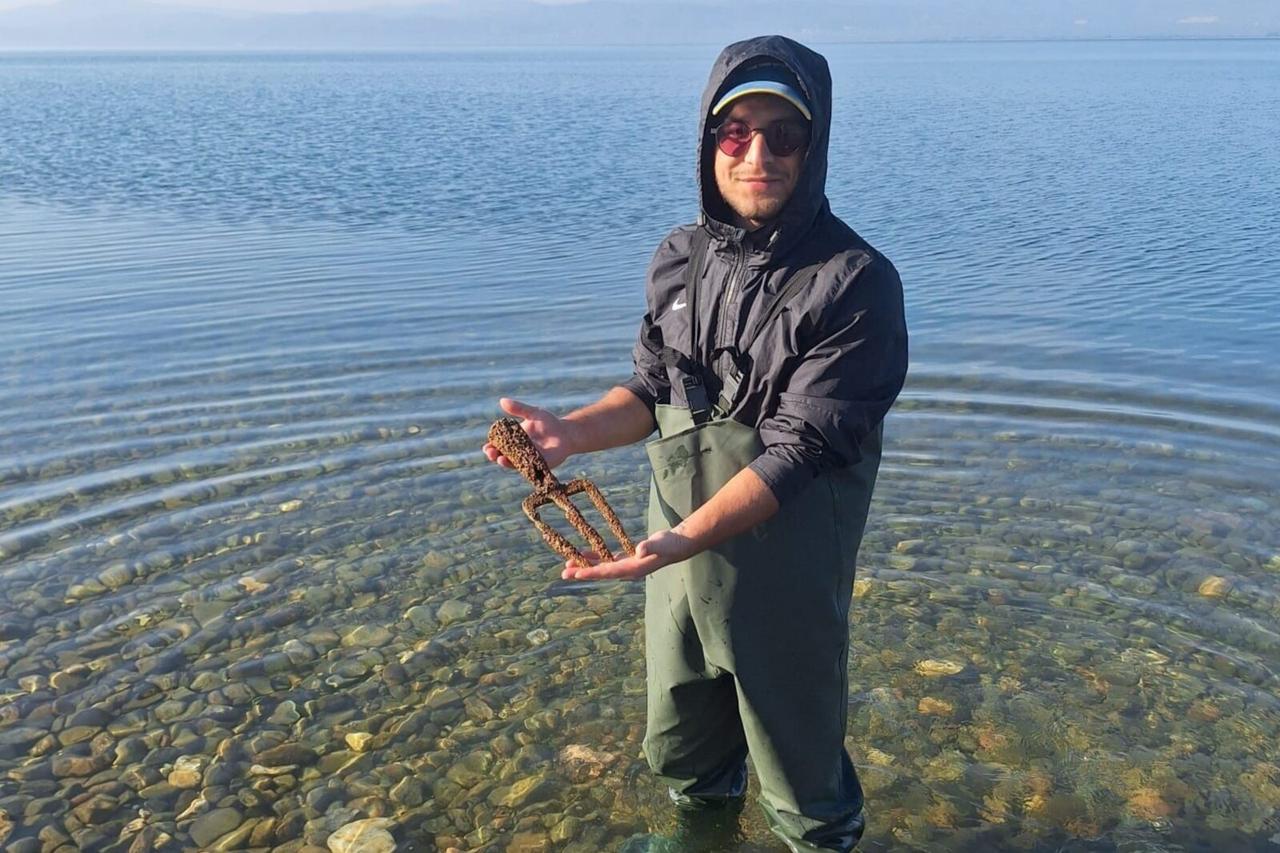
The timing and frequency of archaeological news stories in Turkish outlets have prompted questions over whether this surge is merely coincidental or indicative of a broader media alignment.
The consistent focus on Christian heritage and religious discoveries in Iznik, often tied directly to the papal visit, suggests more than spontaneous journalistic interest.